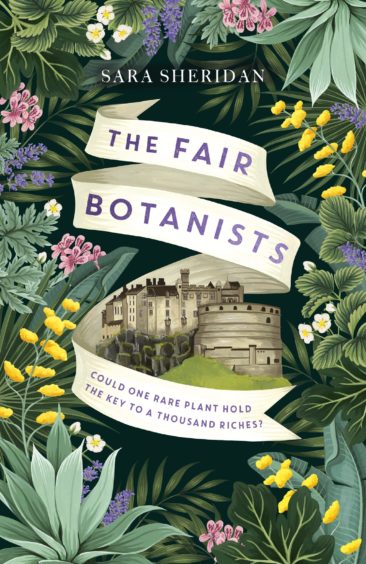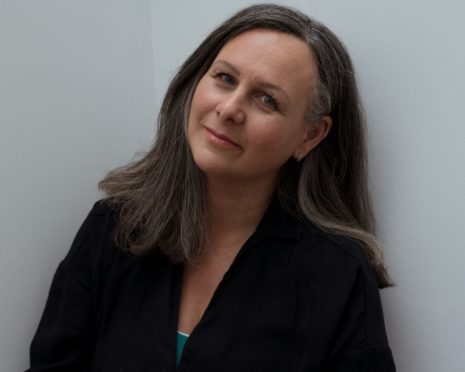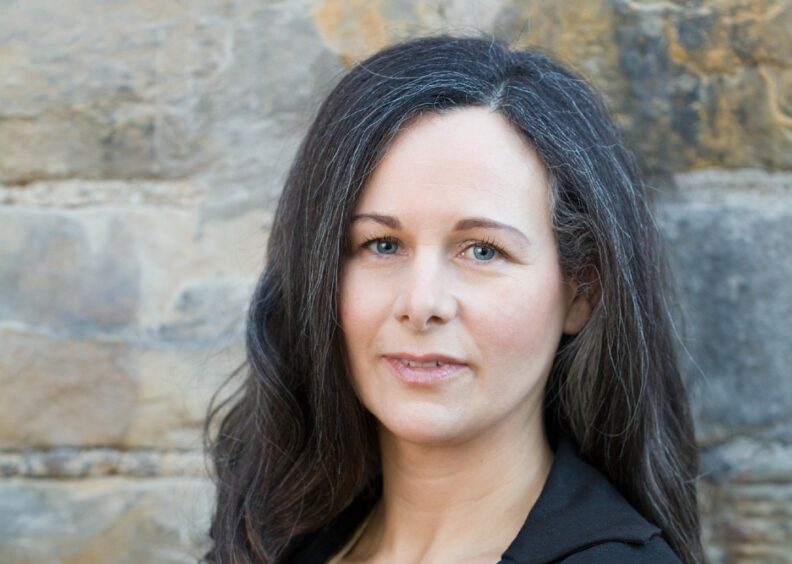Michael Alexander hears why Sara Sheridan’s new book was the “jammiest commission ever”!
Sara Sheridan has been out with The Book Fairies, giving away free, ribbon tied books on the streets of Edinburgh, when The Courier catches up with her to talk about her new novel, The Fair Botanists.
Set against the backdrop of King George IV’s impending visit to Edinburgh in the summer of 1822, it centres upon the newly-installed Botanic Garden where the Agave Americana plant looks set to flower – an event that only occurs once every few decades.

“The book was commissioned by an editor called Emma Herdman,” explains Sara.
“She was up in Edinburgh and had been at the Botanics and had heard the Botanics had moved from Leith Walk to Inver Leith in the early 1820s.
“While she was there she said she’d love to commission a book that was based around that.
“She got in touch with my agent and had a meeting. I was in a coffee shop in town and got a text from my agent saying ‘I’m in Continis and I’m with this woman and you must come and speak to her. I think you’re the person she’ll want’.
“And they were in the same bloody coffee shop as me!” she laughs. “I thought ‘this is meant to be’, and I went over to their table.”
Well versed
Having written fur previous novels set in that era, plus a couple of non-fiction books, it quickly became apparent that Sara was well versed on Scotland in the 1820s.
She started telling the editor about Edinburgh in the 1820s and the women who were living there.
“She said, ‘could you bring in the Botanic Gardens?’” says Sara, “And of course there were a couple of botanists, portrait painters and things who were tied up with the Botanics, and I was like ‘yes, sure’.
“I wrote her a paragraph saying ‘I’m going to slide the real history of what was going on in the 1820s up against this fiction, coming in at the end of the Englightenment in Edinburgh’.
“People don’t know it’s the end of the Enlightenment. People are still hanging out with people like David Hume and Robert Burns who are dead.
“Then she commissioned it, and said here’s the contract. It was the jammiest book commission ever!”
‘Madness’ of 1822
The Fair Botanists features newly widowed Elizabeth who arrives in Edinburgh to live with her late husband’s aunt Clementina.
She becomes fascinated by the beautiful Botanic Garden which borders the grand house and offers her services as an artist to record the rare Agave Americana plant’s impending bloom.
In this pursuit, she meets Belle Brodie, a vivacious young woman with a passion for botany and the lucrative, dark art of perfume creation…
Sara chose to set the book in 1822, not because she was interested in King George IV’s visit, but more the hysteria that surrounded the build up to it.
“There was this huge sense of anticipation at the same time as the gardens were being moved,” she says,” and the gardens being moved were mad.
“They were digging up 40/50 foot trees and putting them in barrels and putting them in carts, 10 horses would pull them up Inver Leith Walk down what is now Broughton Street to the new site at Inver Leith. It was just mental.
“So there were all these accounts of people looking out of their windows and these trees going past.
“It was like something out of a fairy story or Lord of the Rings!
“Of course Sir Walter Scott was there. He was part of the committee for George IV coming to Edinburgh and he became the lead person on that committee – he was quite enthusiastic and took over the committee.
“I was like, ‘ok, he’s got to be a character. He’s got to be in the book!’”
The Fair Botanists by Sara Sheridan is available now, £16.99











